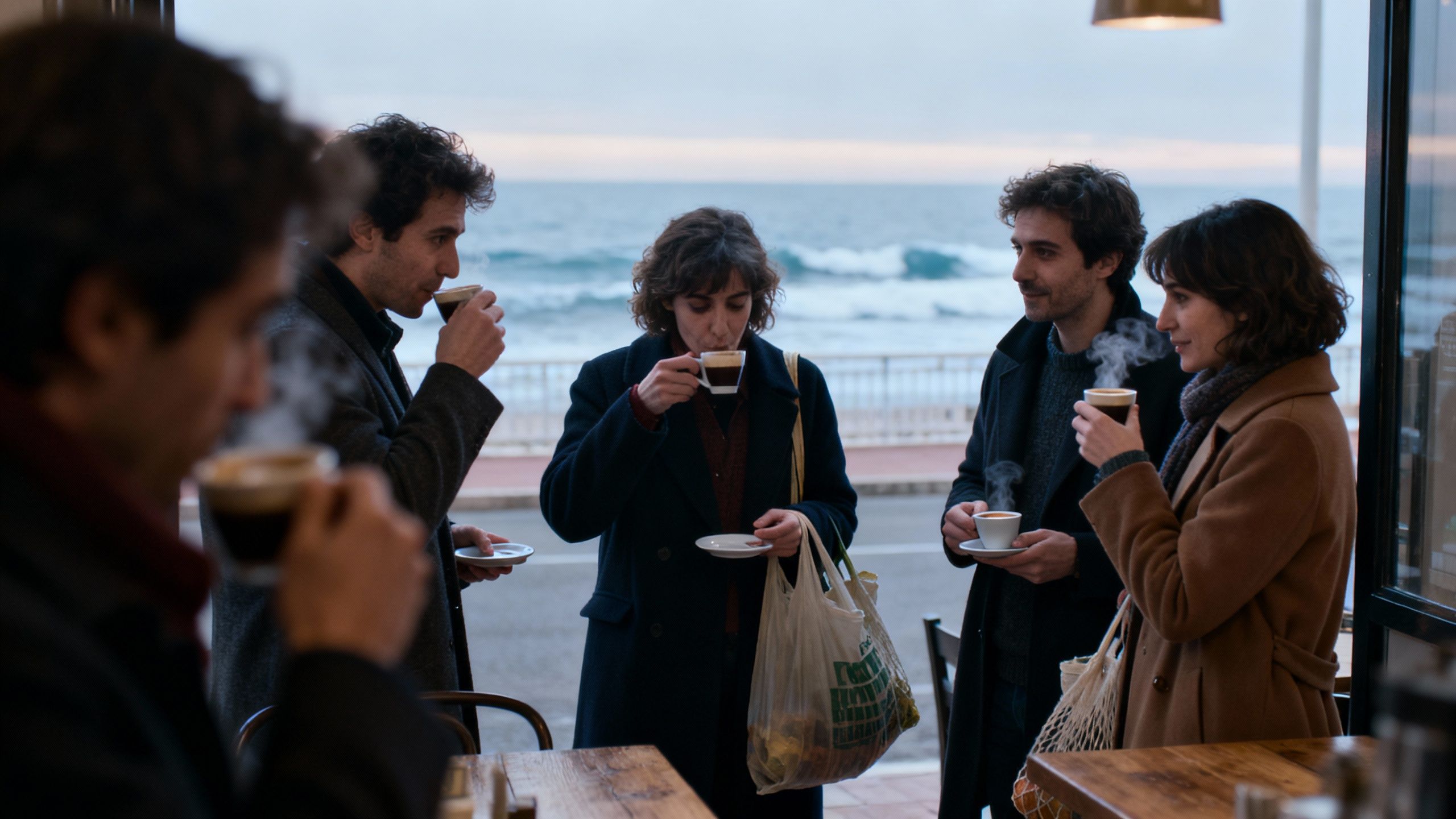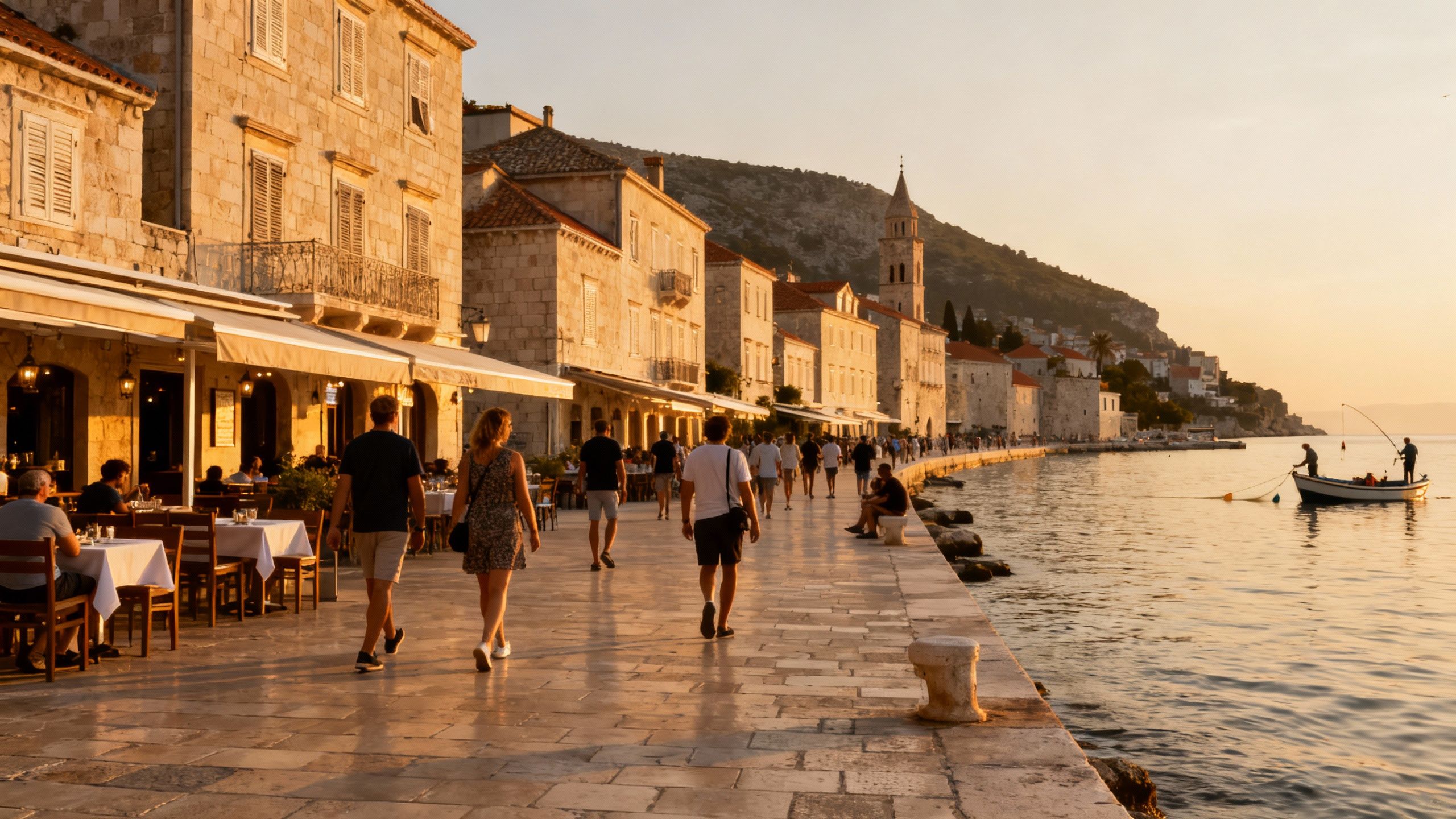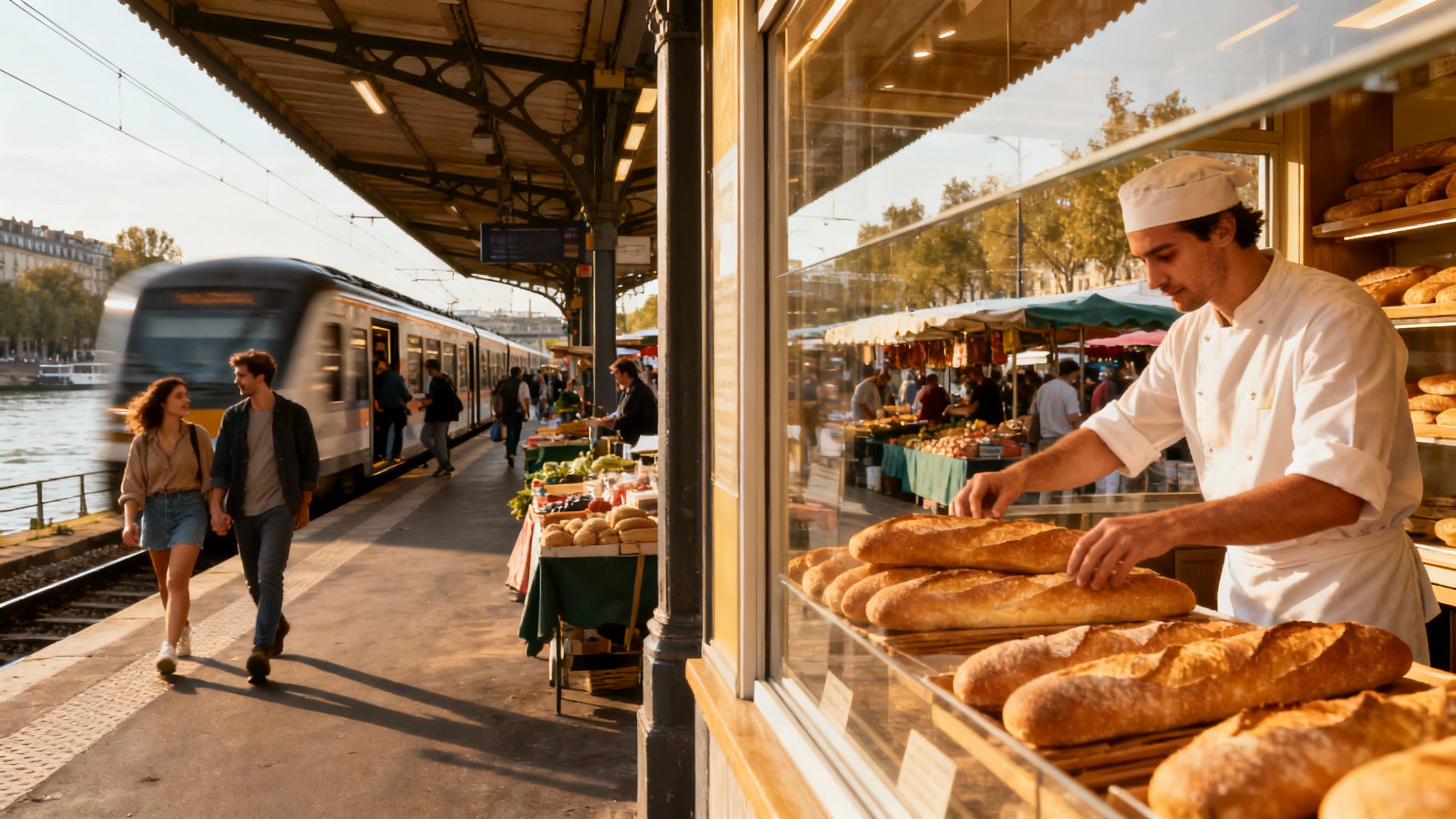Why Riviera Villages Outlast the Hype
Choose villages and everyday rituals over Riviera headlines: combine INSEE price signals with hyperlocal lifestyle checks to buy a coastal French life that lasts.
Imagine waking to a bakery on Rue d'Or in a small Riviera village, the sea two streets away and a market that still closes for lunch. France’s coastal life balances theatrical coastlines with quiet neighbourhood rituals — morning espresso at a corner bar, leisurely afternoons on familiar beaches, aperitifs that stretch into the night. These rhythms shape what you buy here: not only a view, but a way of life. Yet headlines about “the Riviera” obscure where daily life actually happens and where long‑term value lives. We start there — with lived experience — and then map that to the practical steps international buyers need to take.
Living the French Riviera Life, Minus the Gloss
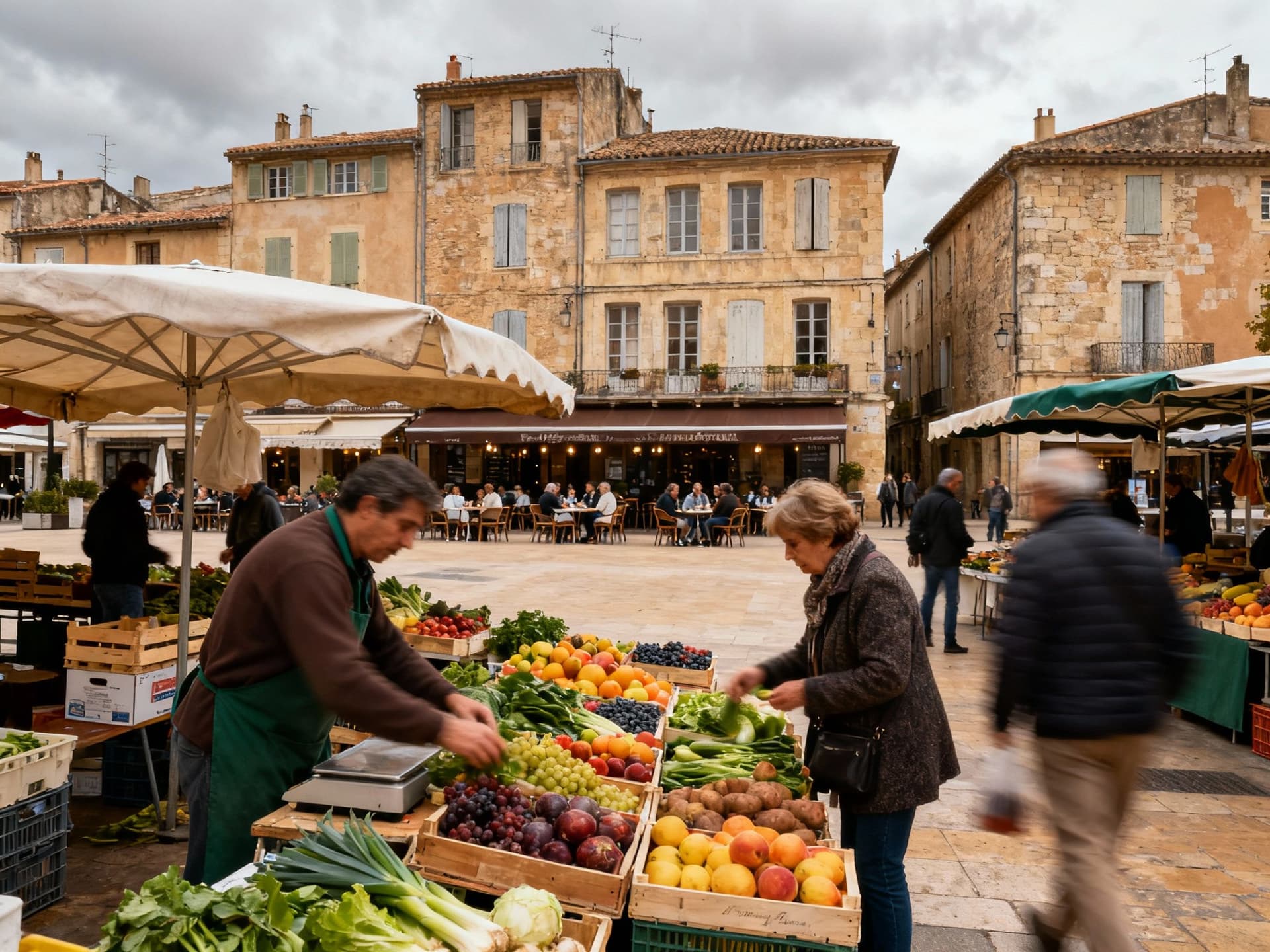
The Riviera’s postcard image — yachts, red carpets, celebrity beaches — exists alongside villages where children cycle to school and neighbours buy fish from the same vendor. In places like Antibes’ inland streets or small villages near Hyères, life is about markets, schools, and meaningful community ties rather than headline glamour. For buyers, that difference matters: lifestyle is found on small lanes, not on glossy brochures.
Local streets that feel like home
Walkable lanes matter. In towns such as Vence, Tourrettes‑sur‑Loup and Le Lavandou, you’ll find boulangeries, late‑afternoon markets and cafés where the barista knows your order. These streets define everyday appeal: a short commute, a weekly market, and a neighbourhood square where local life happens. For international buyers wanting to integrate, those micro‑features determine satisfaction more than a sea view alone.
Food, markets and the social heartbeat
Markets are where social life and food culture intersect. From Cours Saleya in Nice to weekly morning markets in small Provençal towns, food culture shapes schedules — long lunches, late starts, and low activity mid‑afternoon. That rhythm affects property use: apartments with balconies and shaded courtyards outperform vast terraces you only use a few months a year.
- Daily lifestyle highlights: • Morning market at Cours Saleya, Nice — sensory burst of produce and local life • Café terraces on Place Masséna — social pulse at all hours • Plage de l'Almanarre near Hyères — windsurfing culture and relaxed beaches • Rue d'Antibes, Cannes — shopping and people‑watching without village peace • Village squares in Vence and Saint‑Paul‑de‑Vence — community gatherings • Local boulangerie rituals: essential for weekday routines
Making the Move: Practical Considerations that Match the Life
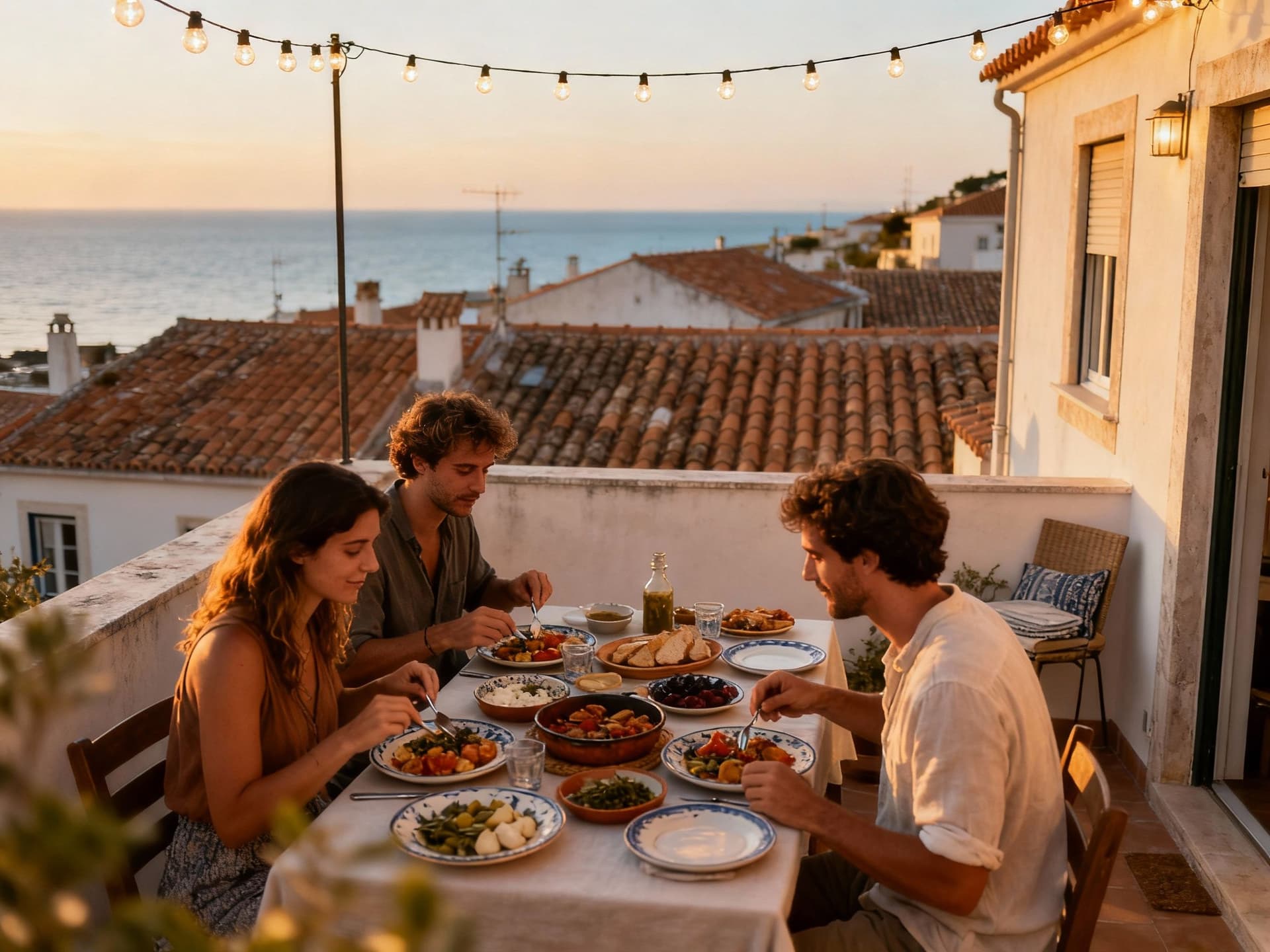
Buying on the Riviera requires matching lifestyle priorities to market reality. National data shows a pause and modest rebound in prices after 2024; provinces and second‑hand flats rose in early 2025, signalling selective recovery. That technical backdrop affects timing, negotiating power, and where you can still find relative value close to lifestyle hubs. Know the numbers, but lead with lifestyle needs.
Which property type fits your Riviera life?
If you want street‑level life — morning markets and easy socialising — prioritise second‑hand flats and townhouses near village centres. If privacy and outdoor life matter more, look for villas on the fringe of small towns with manageable gardens rather than trophy villas in the ultra‑prime zones. Maintenance, micro‑climate (sea breezes vs inland heat), and accessibility to airports should steer the search as much as aesthetic appeal.
Working with local experts who know everyday life
- Steps an experienced local agency will take: 1. Map neighbourhood rhythms — market days, school locations, noise patterns. 2. Shortlist properties that match daily routines, not just views. 3. Verify seasonal occupancy and running costs (heating, water, commune fees). 4. Arrange local inspections during typical weekdays and peak season to test liveability. 5. Coordinate negotiations mindful of limited stock in prime zones.
Insider Knowledge: What Expats Wish They’d Known
Expats often arrive chasing a glamorous image and later find their happiness in small, repeatable rituals. Real‑life happiness maps to convenience: a reliable market, a trusted doctor, reasonable commute to Nice or Toulon, and neighbours who become friends. These are the soft assets that determine resale appeal and daily satisfaction — and they are far less visible in glossy listings.
Language, integration and social tempo
French social norms reward patience: official hours, lunch breaks, and local customs matter. Learning basic French opens doors in small towns where local business owners prefer conversational exchange. Integration accelerates access to the best rental opportunities, recommended tradespeople, and genuine community invitations — all factors that improve long‑term ownership experience.
Long‑term lifestyle sustainability
Think five to ten years ahead: how will the neighbourhood age, will schools remain strong, and are transport links resilient? For many buyers the best value is in villages with steady local demand rather than volatile trophy markets. Stability often trumps short‑term glamour when quality of life is the goal.
- Practical red flags to watch for: • Listings that emphasise “sea view” but hide year‑round noise or lack of local services. • Properties with unusually low maintenance disclosures — missing syndic or unclear fees. • Unusual access roads or flood risk not visible in photos. • Overpriced ultra‑prime comps that skew neighbourhood averages. • Limited local rental data if you plan seasonal letting.
Conclusion: Buy the life you want, then confirm the price. Start on the street, not the listing. Use national data — INSEE and notaires’ indices — to understand momentum, but let neighbourhood rituals define your shortlist. Work with an agency that tests properties during real life (market morning, weekday afternoon, peak season) and that can translate local rhythms into negotiation strategy. Do that, and the Riviera stops being a headline and becomes a place you can live well.
Swedish expat who moved from Stockholm to Marbella in 2018. Specializes in cross-border legal navigation and residency considerations for Scandinavian buyers.
